Greenhouse gases from trash ballooning with fewer disposal options
| Published: 01-13-2023 8:19 PM |
When it comes to producers of greenhouse gas emissions, the usual suspects are the airplanes flying over our heads or fossil fuels being burned to generate electricity, but the waste we generate every day contributes a significant amount of methane to the atmosphere.
Municipal waste in landfills, more specifically organic waste like food and paper products, is responsible for twice as many greenhouse gas emissions as commercial flights, according to the Environmental Protection Agency. In the Pioneer Valley, municipal waste’s climate impact is now two-fold, due to the closure of a waste incinerator on the Agawam-Springfield line, which has forced much of the region’s trash to be brought down the East Coast.
“I’m not saying that was a perfect solution for waste, but it was local, it was right down in Springfield,” said Amy Donovan, the Franklin County Solid Waste Management District’s program director. “Since we don’t have landfills around here and we don’t have combustors, we are sending our waste to faraway states that have more space for landfills.”
Landfills are the third-largest source of human-related methane emissions in the United States — equivalent to 20.3 million passenger vehicles driven for one year — and generate greenhouse gas through anaerobic decomposition, according to the EPA. When bacteria begins to decompose the waste, the process generates methane.
Methane, according to the United Nations’ Environment Programme, is a strong contributor to climate change because it is more potent than carbon dioxide.
“Imagine if you had one or two cotton blankets on your bed. You’d be kind of warm, but if you put 20 of those blankets on your bed, you’d feel kind of suffocated,” Donovan said. “Methane is like a down comforter each time it goes out to the atmosphere.”
For the last 15 years, the vast majority of the Pioneer Valley’s trash has been picked up and brought down to the Community Ecopower incinerator, where at least some of its greenhouse gas emissions would power the electric grid.
The incinerator, however, was sold in 2022 and its new owner opted not to honor previous contracts, meaning the Franklin County Solid Waste Management District needed to figure out a new waste disposal option. District Executive Director Jan Ameen said they were able to work out a deal with Republic Services, which collects the trash here and brings it to the McNamara Transfer Station in Springfield, which then puts it on a train bound for Bishopville, South Carolina.
Article continues after...
Yesterday's Most Read Articles
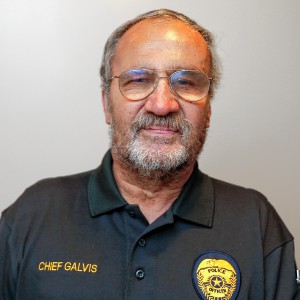 Former Leyden police chief Daniel Galvis charged with larceny
Former Leyden police chief Daniel Galvis charged with larceny
 My Turn: The truth about time spent on MCAS testing
My Turn: The truth about time spent on MCAS testing
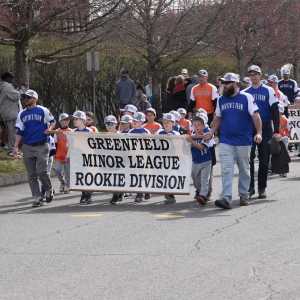 GMLB, Newt Guilbault gets seasons underway Sunday (PHOTOS)
GMLB, Newt Guilbault gets seasons underway Sunday (PHOTOS)
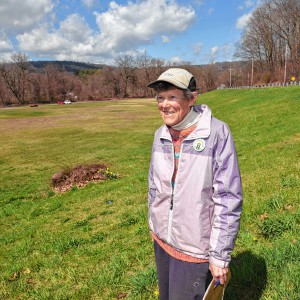 Millers Meadow idea would ‘completely transform’ Colrain Street lot in Greenfield
Millers Meadow idea would ‘completely transform’ Colrain Street lot in Greenfield
 Bulletin Board: Gary Tashjian, Cheri McCarthy win Twice As Smart Pickleball Tournament
Bulletin Board: Gary Tashjian, Cheri McCarthy win Twice As Smart Pickleball Tournament
 Greenfield Girls Softball League opens its 2024 season (PHOTOS)
Greenfield Girls Softball League opens its 2024 season (PHOTOS)
“There’s no local disposal anymore,” Ameen said, noting the Holyoke landfill was the last option in the valley. “I wish there was something better.”
Republic Services’ contract, which is more expensive than bringing it to the incinerator, was the cheapest vendor available for the district. Another option would have sent waste to Seneca Falls, New York, which would have saved train emissions, but it instead would have been picked up in tractor-trailers instead.
“New York is better than South Carolina, but one is going in tractor-trailers at 4 miles per gallon,” Ameen said. “The ideal way is if we had a way to manage locally or regionally.”
The issue in finding a local option, Ameen and Donovan both said, is a matter of space and finances. Siting landfills is a difficult challenge due to their strict regulations and the fact that no town wants to manage an expensive, large trash pile. Green trash options are expensive or have yet to be available on a large scale.
“If I knew the answer to that, I could retire,” Ameen said. “I don’t know of a green disposal option, that’s why we spend so much time, and Amy spends so much time, on waste reduction.”
The state currently has six active landfills and five waste-to-energy facilities, and trash that cannot be accepted by these locations is sent to other states, according to an email from a Massachusetts Department of Environmental Protection spokesperson.
“MassDEP’s emphasis is on reducing our overall solid waste disposal,” the email states. “MassDEP will review and permit new disposal capacity that meets the state’s siting and permitting requirements, including: landfills, municipal waste combustion capacity to replace closed combustion facilities and alternative waste-to-energy technologies.”
In the last decade, the state has also pushed strict waste-reduction measures as it works toward a “zero-waste future.” The overall emphasis, according to MassDEP, is on “reducing the amount of waste sent for disposal overall,” regardless of its destination. By 2030, MassDEP has set a goal of reducing disposal by 1.7 million tons or 30%.
With limited options to manage waste, the three “Rs” play a huge role in helping reduce trash’s environmental impact.
“We really want to emphasize ‘reduce, reuse and recycle,’” Donovan said, adding that 30% of trash is compostable material. “And 30% of that trash is now going by rail or truck to a faraway landfill where it can produce methane.”
Composting requires oxygen, meaning methane is not generated during the aerobic decomposition process, and the Franklin County Solid Waste Management District’s Food Waste Compost program makes it easy for residents to get in on it.
Of the 17 transfer stations in the district, 13 are now involved in the Food Waste Compost program that allows people to bring food waste to their local transfer station, where it will be composted, free of charge. Greenfield also offers a composting program, although it is not a member of the Franklin County Solid Waste Management District.
The program’s scope also goes beyond what residents could compost in their own households because certain types of waste can only be processed by a commercial composting operation. These items, which transfer stations accept, include “meat, bones, cheese, paper products and other materials that are not appropriate for home compost bins or piles,” according to a notice put out by the district.
While these programs offer some green alternatives for waste disposal, Ameen said it is not an all-encompassing solution because not everyone will pull organic material out of the trash. There also has to be some place for solid waste to go, she said, but it is a good place to start.
“What’s left is going to have to go somewhere and there aren’t a lot of great options left,” Ameen said. “If we can get every community to be pulling out organics … we can send the least amount to the worst places.”
Chris Larabee can be reached at clarabee@recorder.com or 413-930-4081.

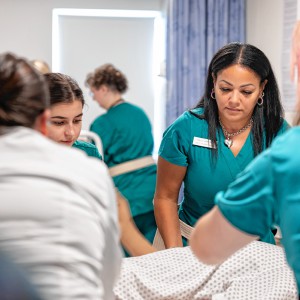 Greenfield Notebook: April 22, 2024
Greenfield Notebook: April 22, 2024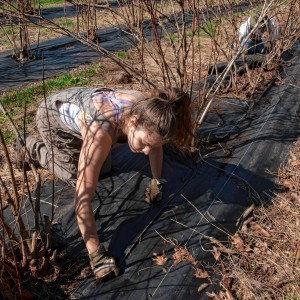 Regional farming alliance strengthens educational, networking opportunities for apprentices
Regional farming alliance strengthens educational, networking opportunities for apprentices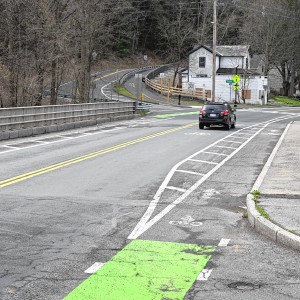 DPW director: Chapter 90 funding ‘doesn’t go nearly as far as it used to’ in Greenfield
DPW director: Chapter 90 funding ‘doesn’t go nearly as far as it used to’ in Greenfield
